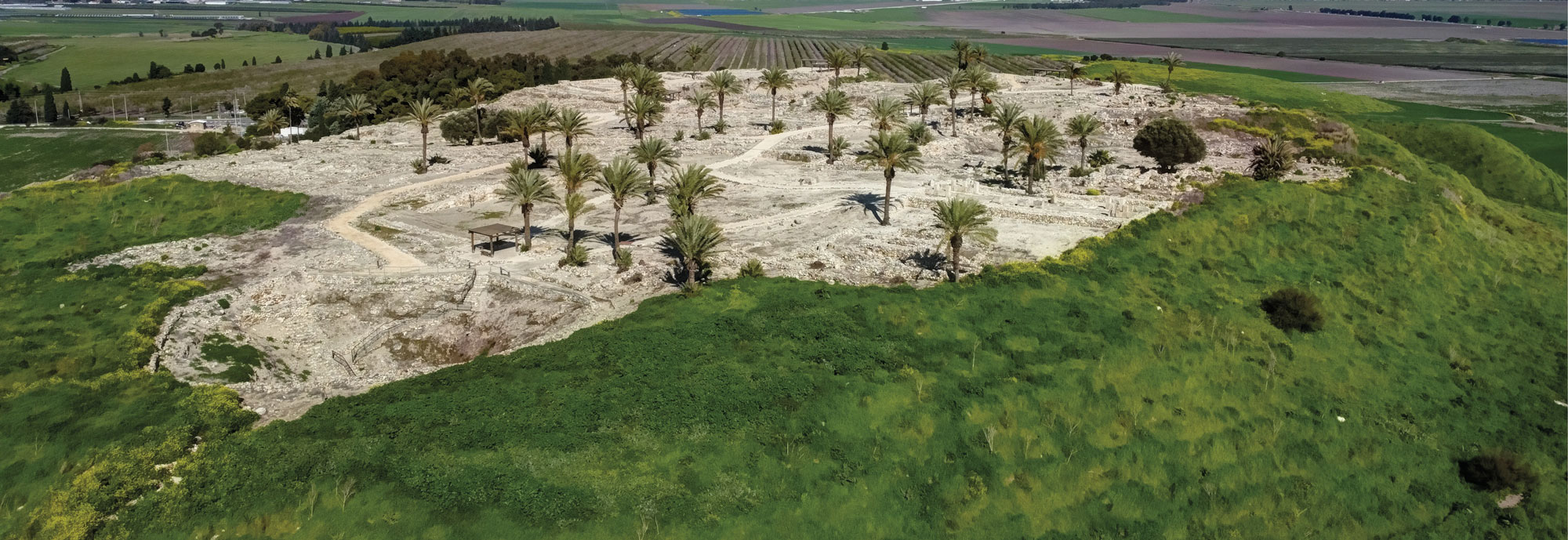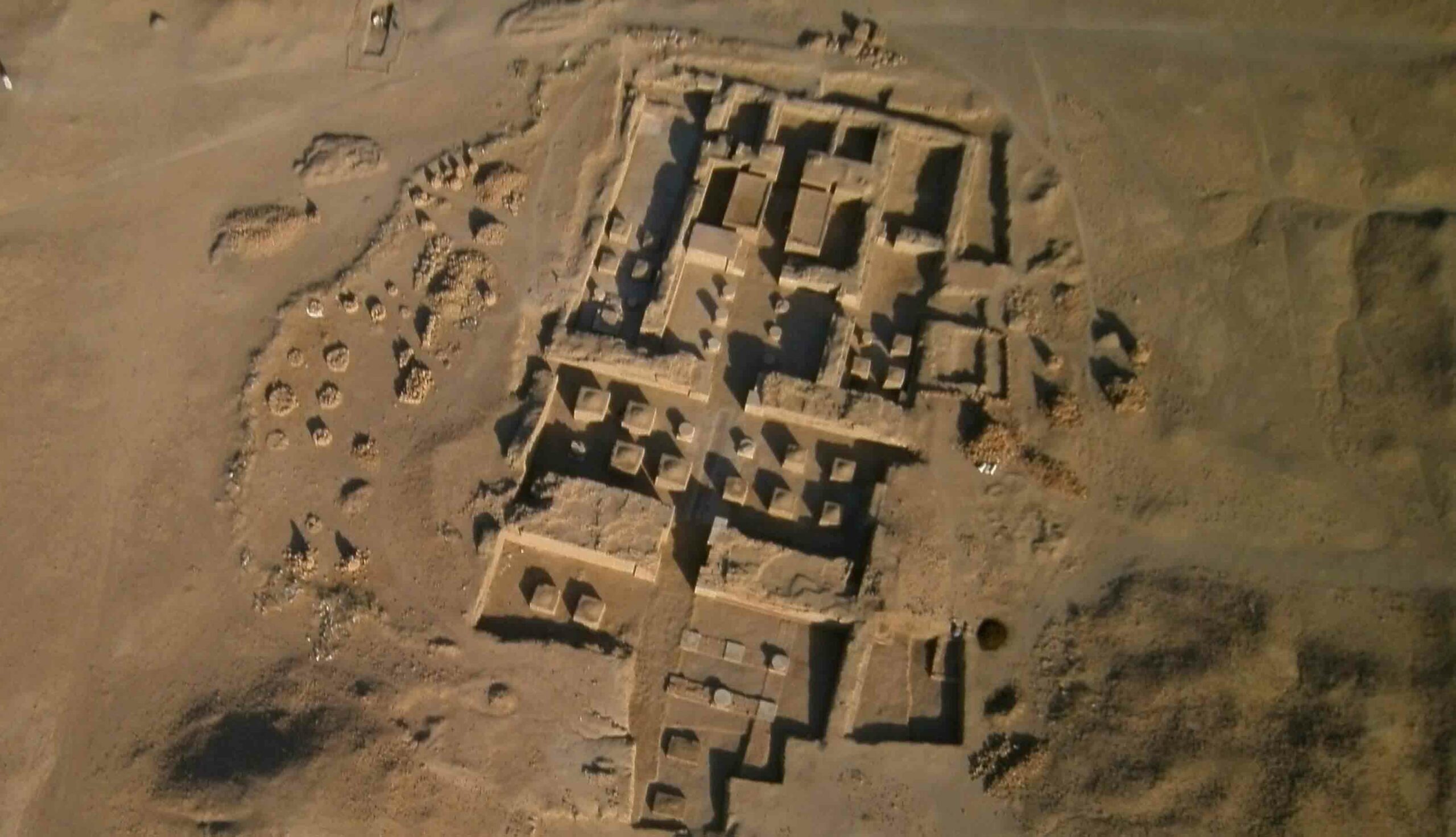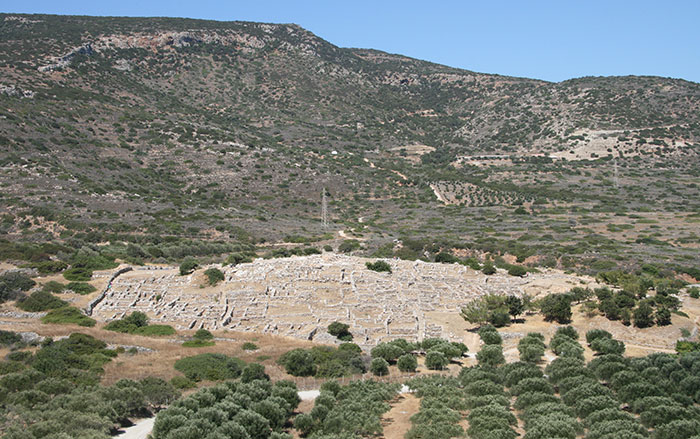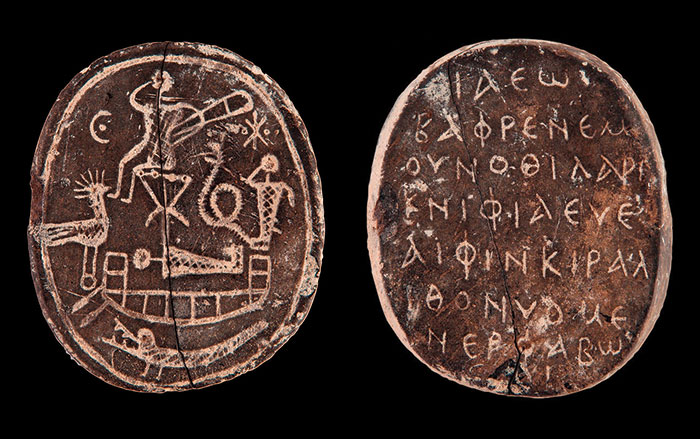
COPENHAGEN, DENMARK—Analysis of the genomes of 101 individuals who lived in Europe and Central Asia during the Bronze Age—between 5,000 and 3,000 years ago—suggests that the economic and social changes that occurred during this period were due to massive migrations. “Cultural change is actually happening because people are moving around and not just through the spread of ideas,” Eske Willerslev of the Natural History Museum of Denmark said in a video clip included in a press release. It also shows that at the end of the Bronze Age, the ability to drink raw milk was still very rare, even though it is common among northern Europeans today. “Previously the common belief was that lactose tolerance developed in the Balkans or in the Middle East in connection with the introduction of farming during the Stone Age….We think that it may have been introduced into Europe with the Yamnaya herders from Caucasus but that the selection that has made most Europeans lactose tolerant has happened at a much later time,” added Martin Sikora of the museum’s Centre for GeoGenetics. To read about one of the earliest migrations in human history, go to "New Evidence for Mankind's Earliest Migrations."











